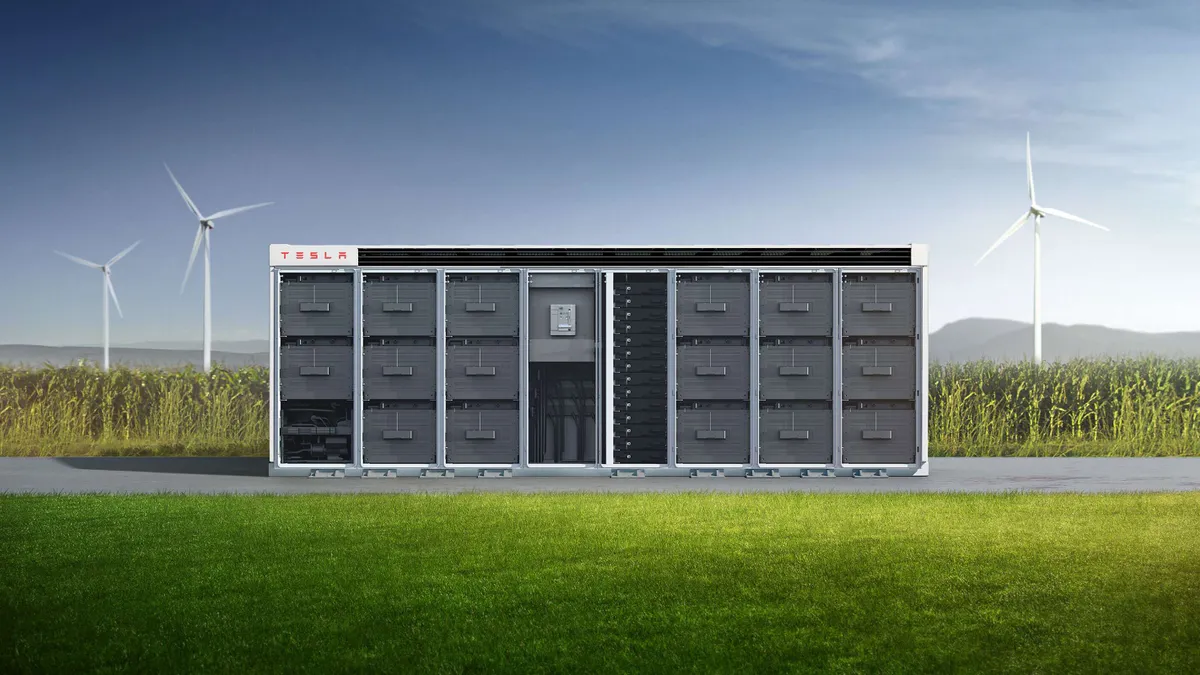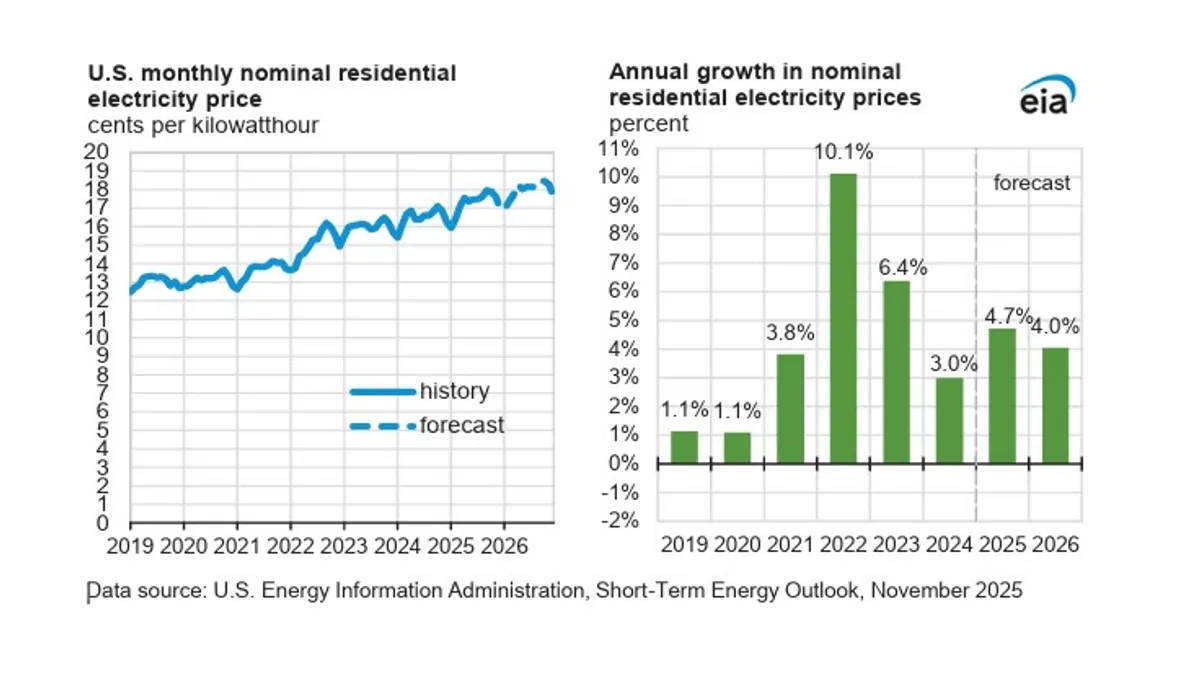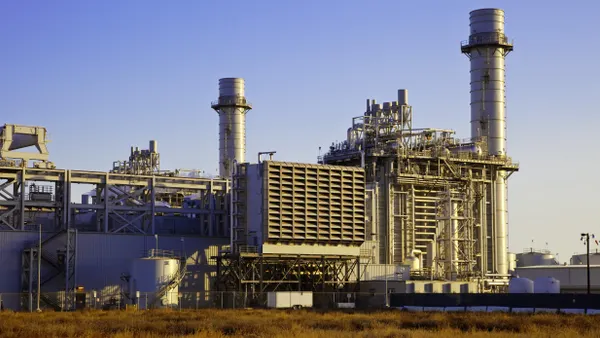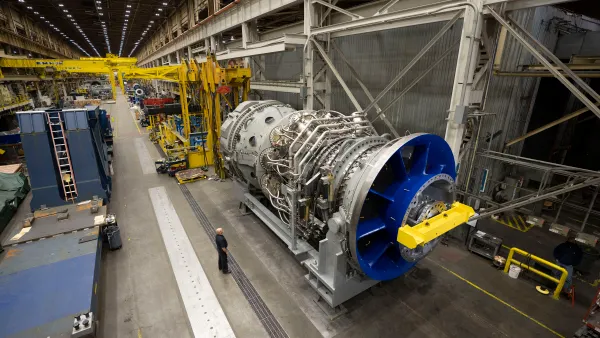The PJM Interconnection received broad support for its proposal to expand access to the grid through underused interconnection capacity, which could quickly spur an influx of power supplies in the region, according to filings on Monday at the Federal Energy Regulatory Commission.
PJM’s Dec. 20 proposal to revise its Surplus Interconnection Service rules could unlock more than 26 GW of accredited capacity for the 2026/2027 delivery year, American Clean Power Association, Advanced Energy United, MAREC Action and the Solar Energy Industries Association said, citing a September report by Gabel Associates.
“With a few targeted reforms to its tariff, PJM fixes a longstanding flaw in its [SIS], and in doing so, will likely unlock GWs of storage from its queue, helping to address growing resource adequacy concerns and potentially even alleviating its backlogged interconnection queue,” the trade groups said.
SIS allows a new resource to use any unused portion of an existing generating facility’s interconnection service as long as the total amount of interconnection service at the point of interconnection remains the same. Battery storage, for example, could be paired with intermittent resources to more fully use available interconnection capacity.
PJM’s proposal removes most of the limitations it placed on SIS and allows requests for the service to be submitted earlier in the project development cycle, according to the grid operator’s proposal. The SIS process runs separately from the interconnection queue process and takes less than half the time to complete.
PJM asked FERC to accept the proposed changes by March 7. The grid operator’s capacity auction for the 2026/27 delivery year is set to be held in July.
The proposal could spur additional capacity in transmission constrained areas, which would help tamp down capacity prices, the Maryland Office of People’s Counsel said in support of the plan.
“Unlocking the potential of [SIS] in the region is one of the fastest and lowest cost means at PJM’s disposal to add new generation to the system and help maintain resource adequacy,” Sierra Club, Appalachian Voices, RMI, Natural Resources Defense Council and Sustainable FERC Project told FERC.
The proposal is one of a series of pending proposals aimed at bringing more capacity into PJM, which may face capacity shortfalls this decade, according to the grid operator.
In support of the proposal, Middle River Power, an independent power producer, said it used a process in California to add 1-hour battery storage capacity at natural gas-fired peaking power plants.
“Since most peaking turbines do not operate for more than one hour, the one-hour batteries are intended to reduce the frequency of the gas turbine startups, thereby significantly reducing carbon and other regulated emissions at the site,” the Chicago-based company said. “The batteries’ rapid response compared to the gas turbines also enhances operating flexibility and provides operational benefits to the [California Independent System Operator] system.”
The Organization of PJM States, which represents utility regulators, Invenergy, Dominion Energy and the Union of Concerned Scientists are also among those supporting PJM’s proposal at FERC. No party opposed it.
The proposal addresses a complaint filed by EDP Renewables North America and certain Order 2023 interconnection reform compliance requirements, PJM said in its tariff filing.















